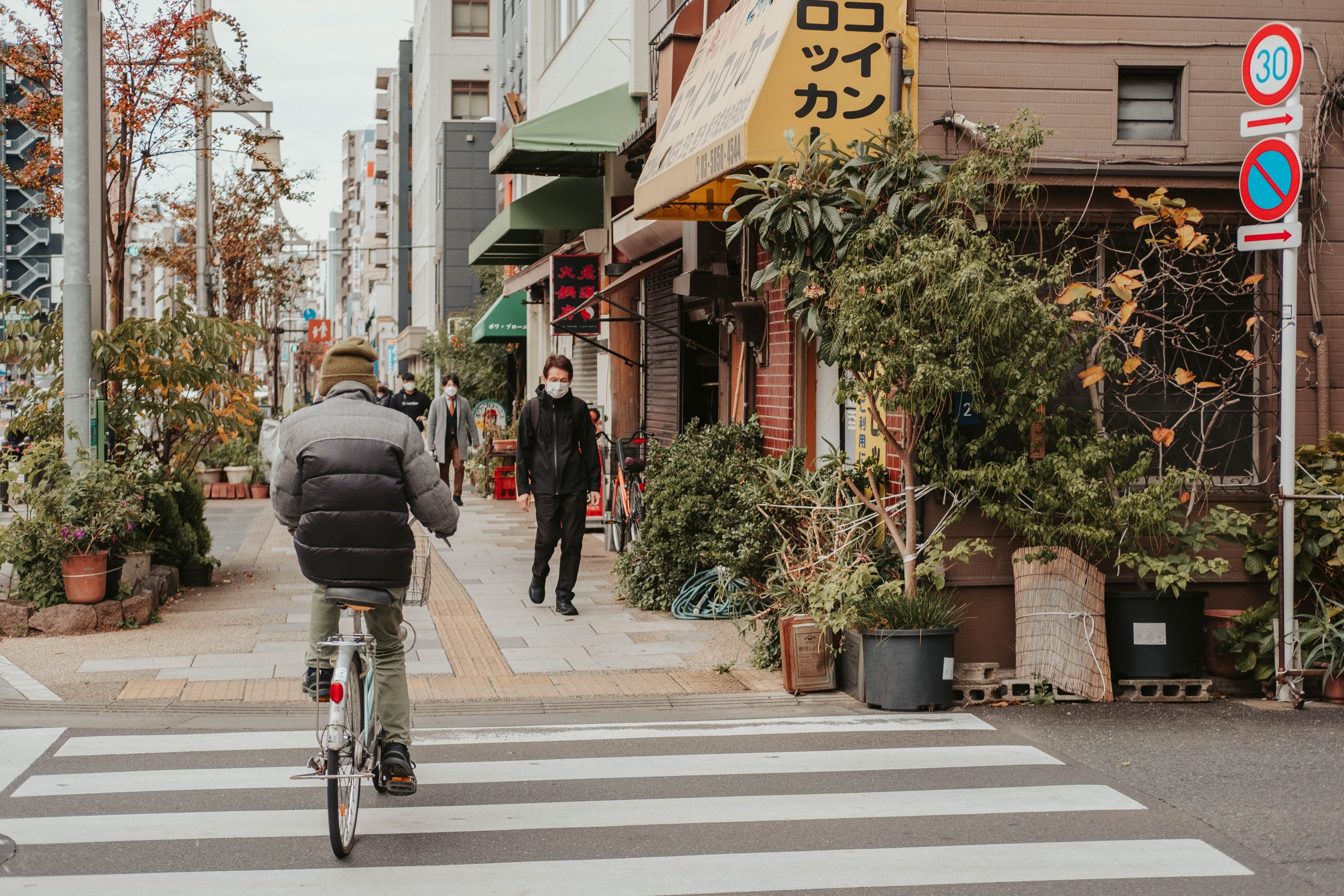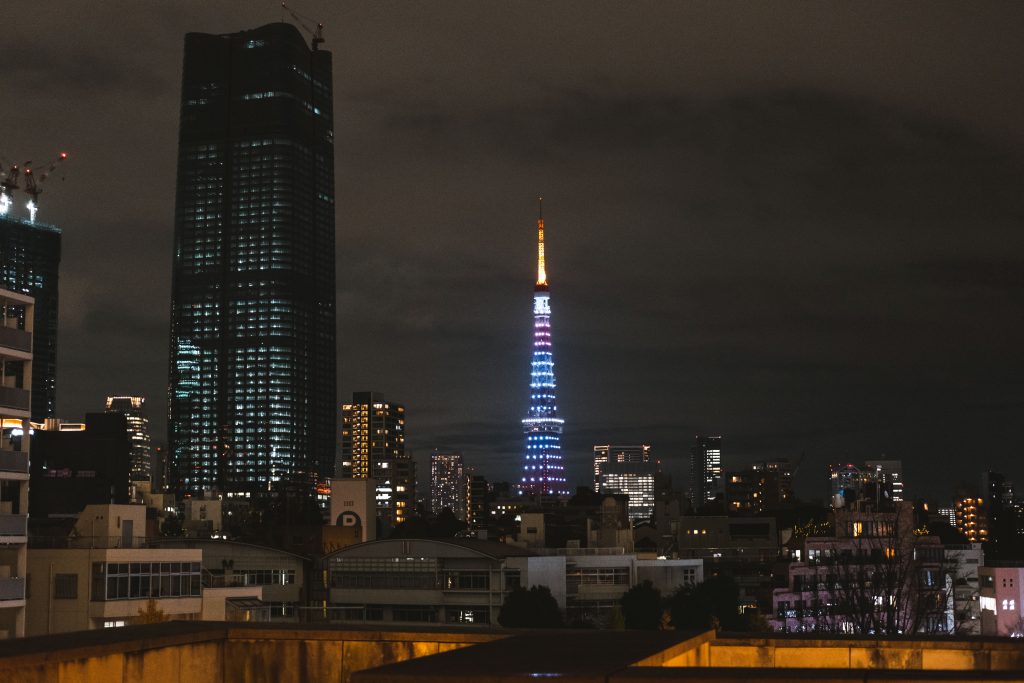
3 days in Tokyo itinerary
14 Apr 2024•20 min read
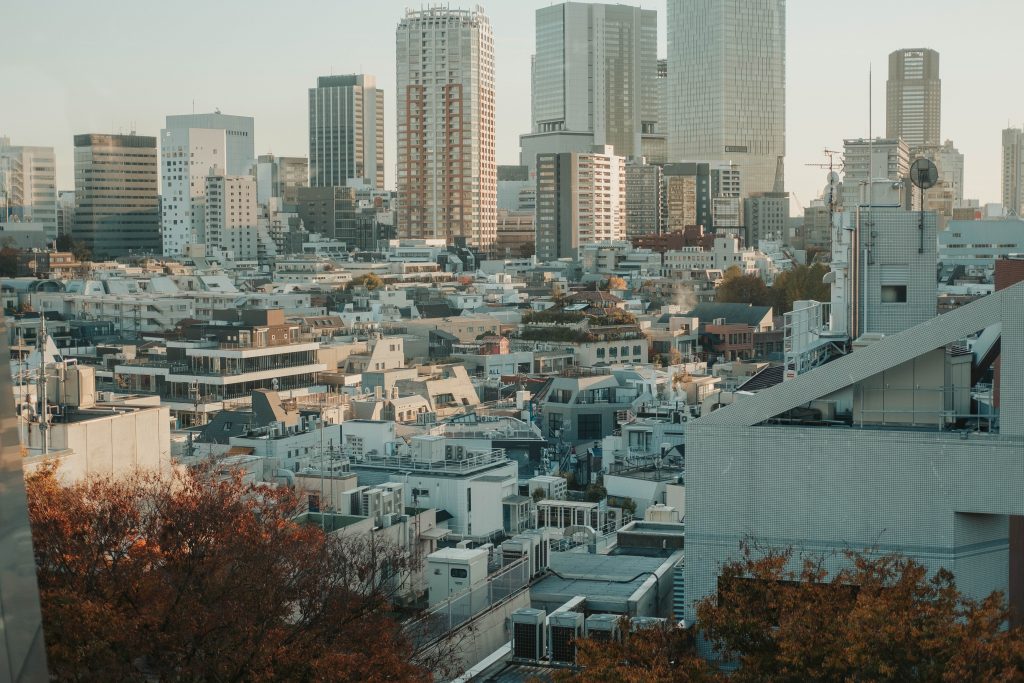
5 days in Tokyo itinerary
14 Apr 2024•28 min read
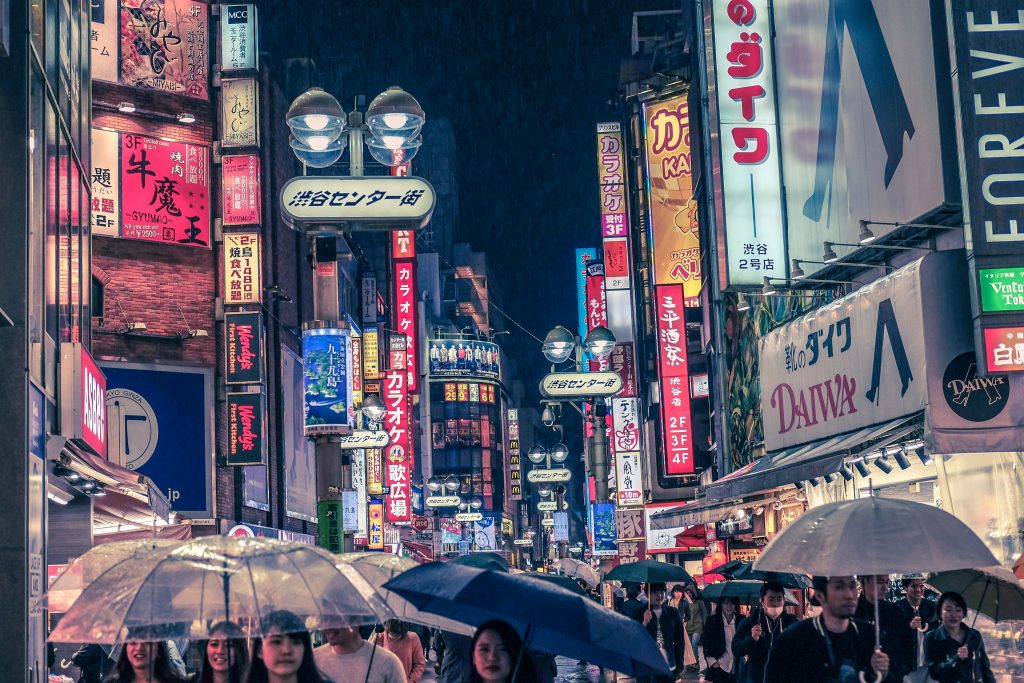
Places to visit in Tokyo
14 Apr 2024•5 min read
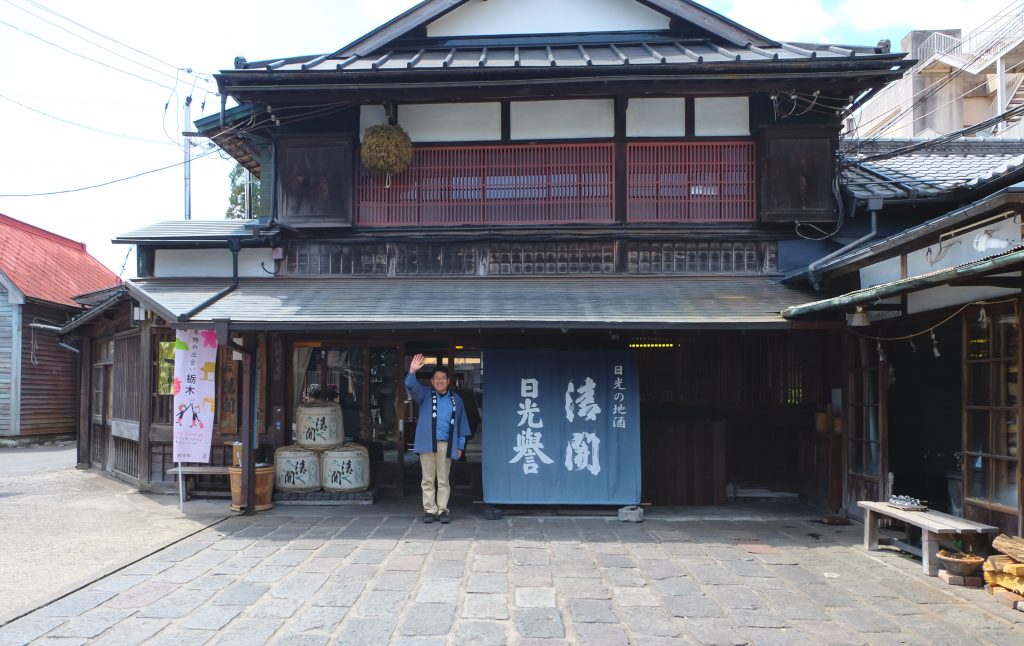
Day trips from Tokyo
14 Apr 2024•21 min read
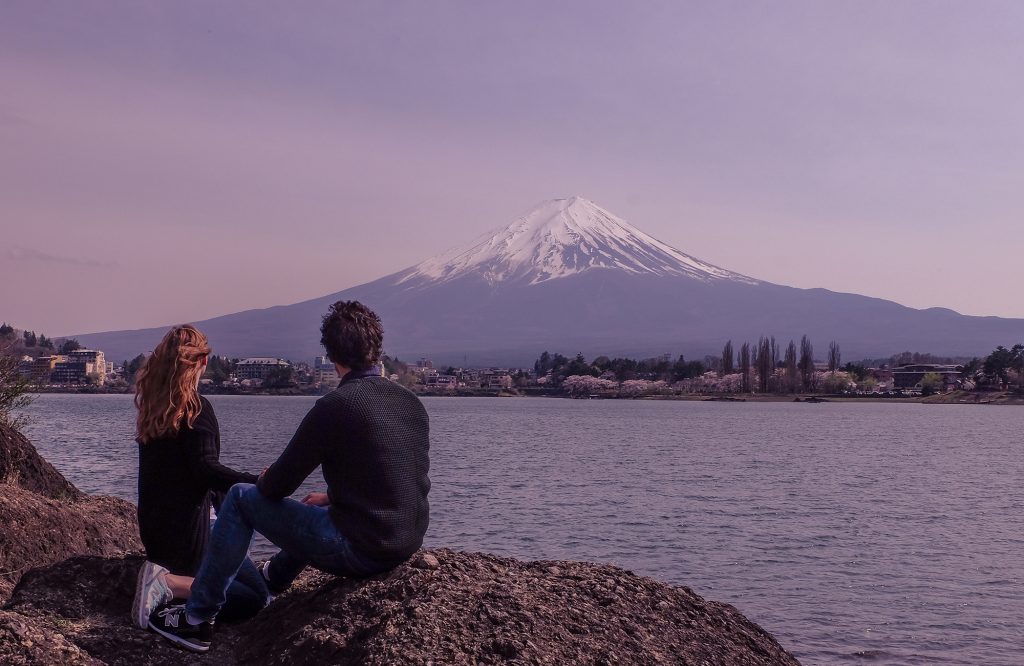
Tokyo to Mount Fuji Day Trip
14 Apr 2024•4 min read
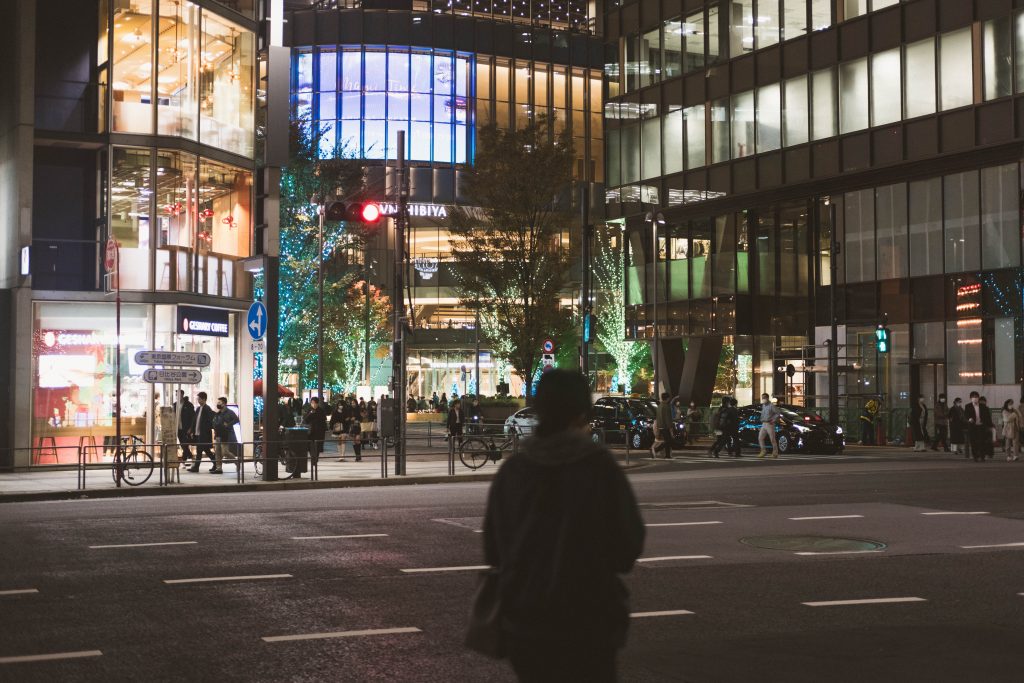
7 Day Tokyo Itinerary
14 Apr 2024•36 min read
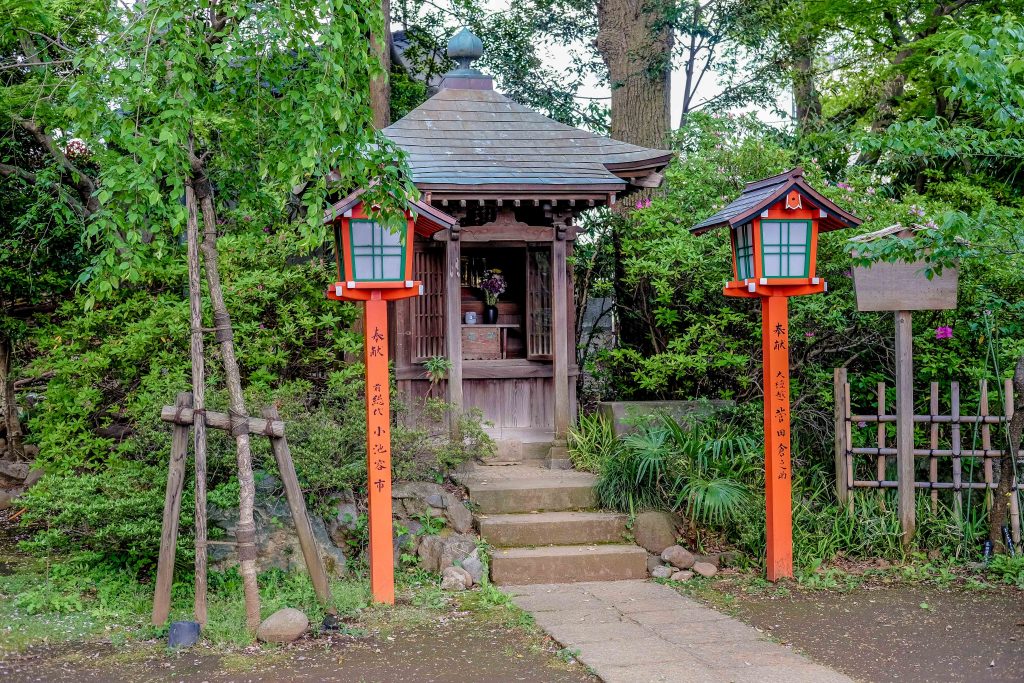
Places To Visit Outside Tokyo
14 Apr 2024•11 min read
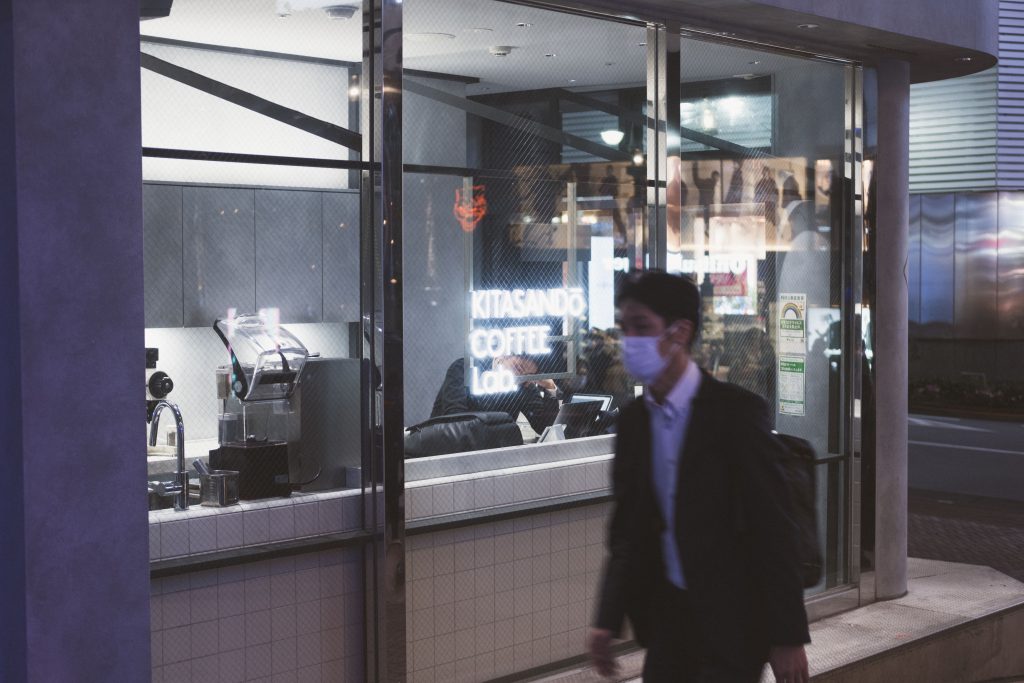
1 day Tokyo Itinerary
14 Apr 2024•17 min read
